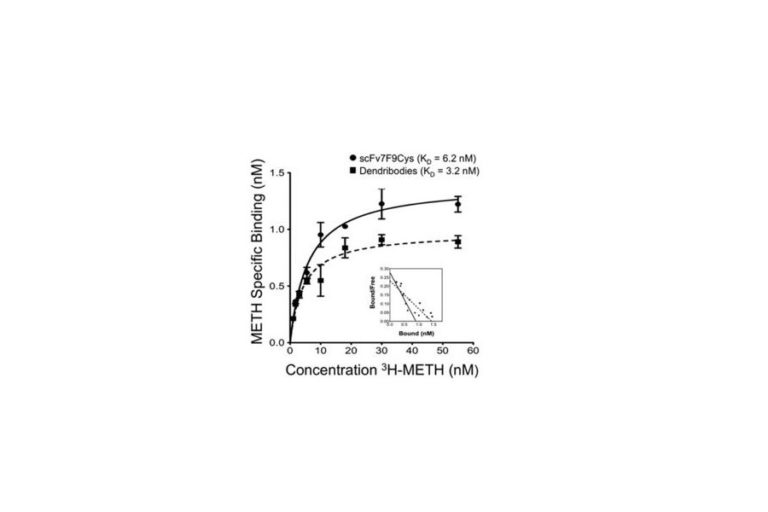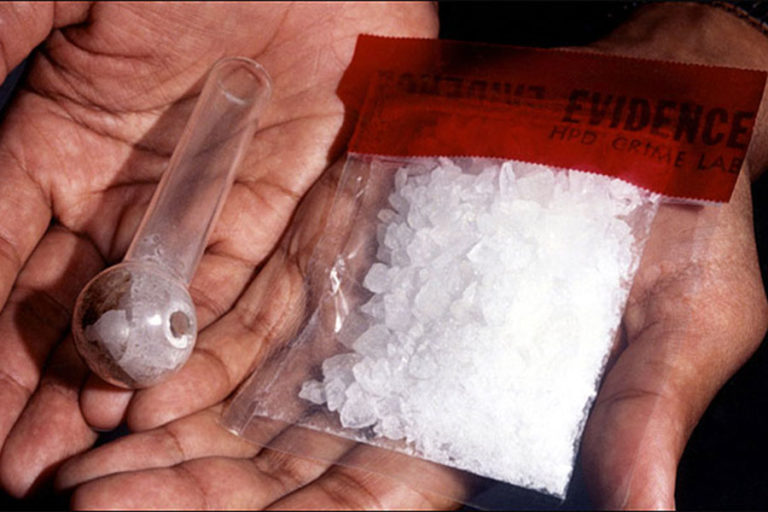Detecting Methamphetamine : Toxicology Time Window
Detection Time of Methamphetamine: Compared to cocaine, methamphetamine’s effects can be more intense and last longer. The half-life for methamphetamine (the time period required for the body to decrease the blood level of methamphetamine by…








